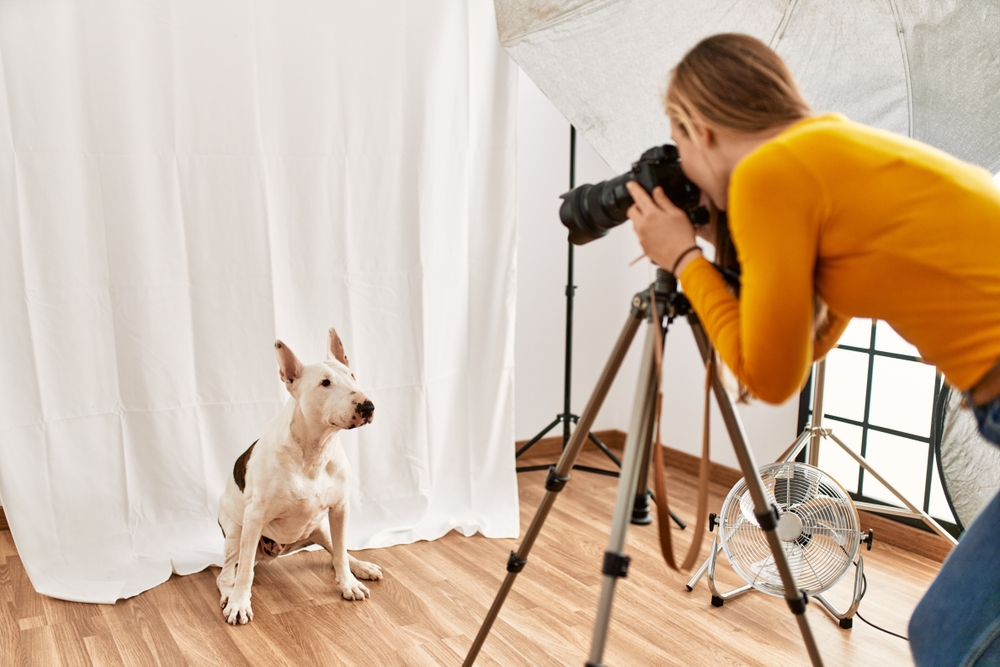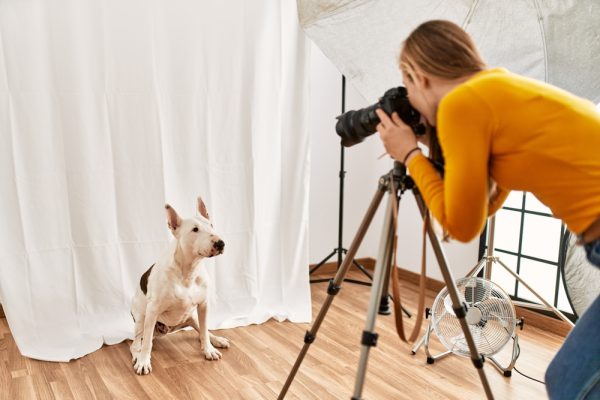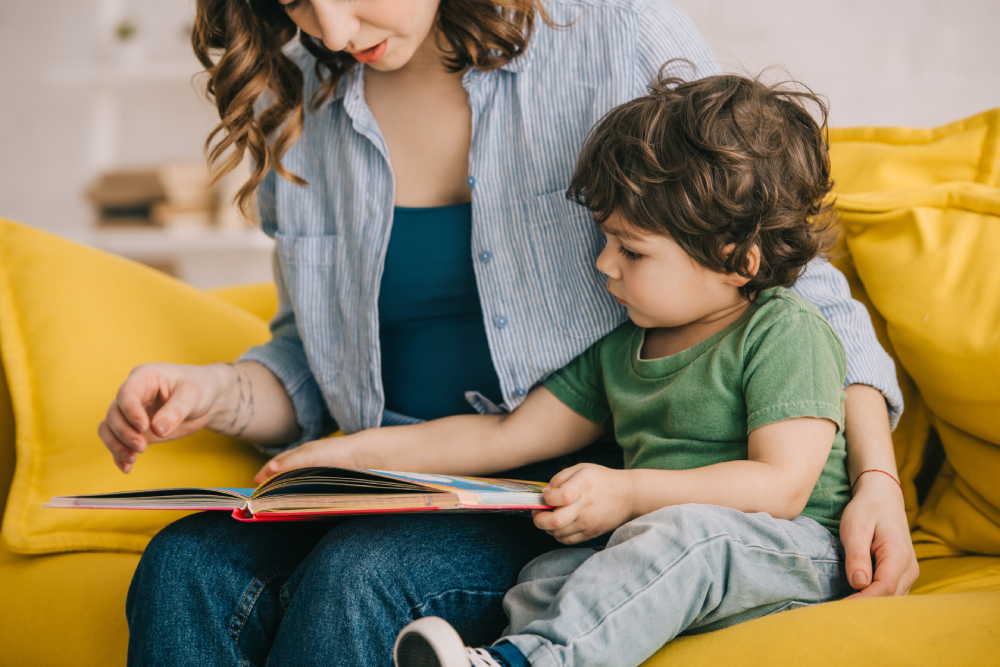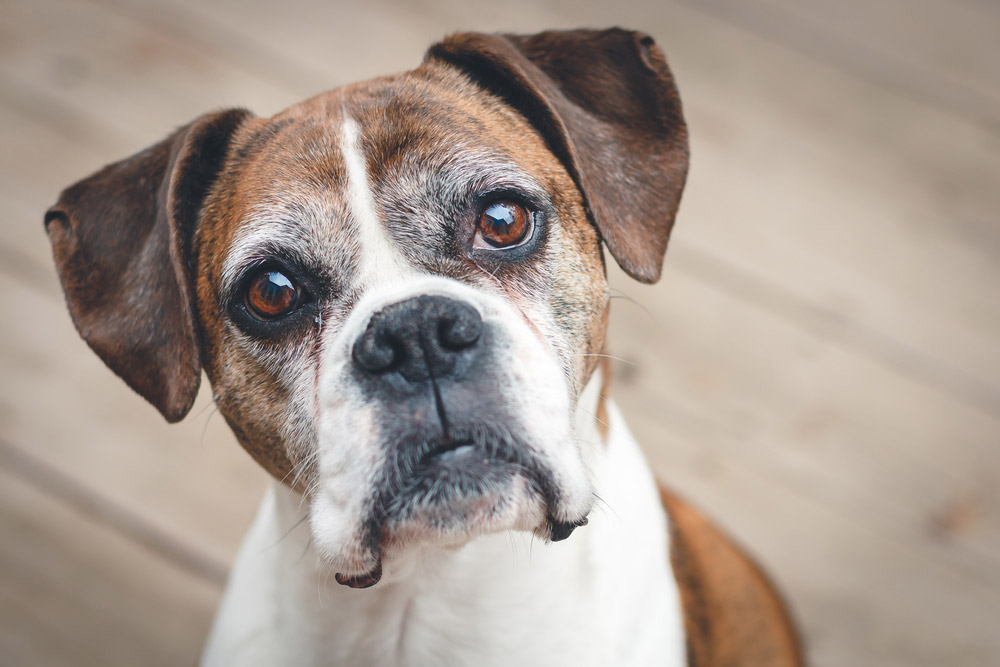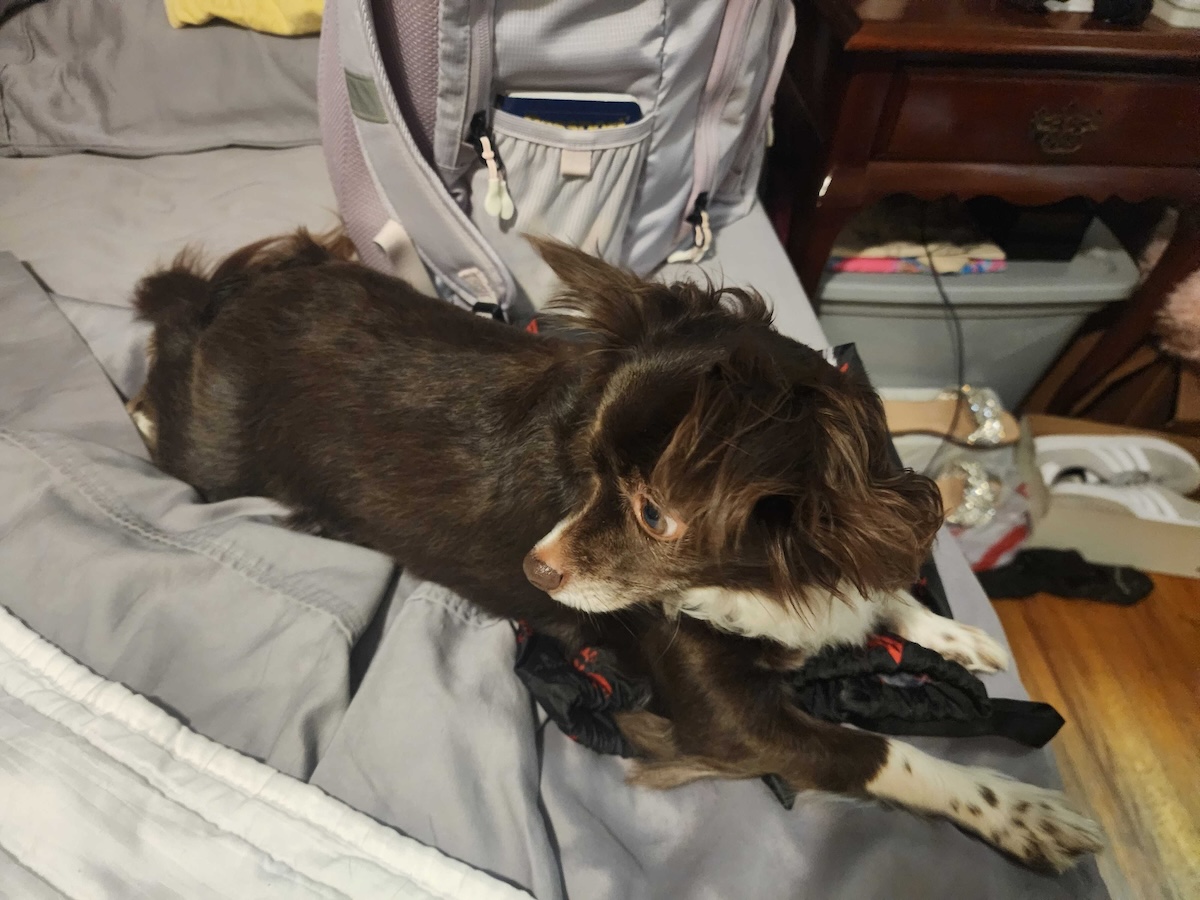Taking pictures of your adorable dog is an essential part of dog ownership. There are so many endearing moments that are worth capturing. However, taking photos doesn’t come naturally for dogs. It often requires time, patience, and technique to capture high-quality photos of your dog.
Fortunately, you don’t need fancy and expensive photography equipment to start taking good photos of your dog. Making a couple of changes to your approach can make all the difference. Our practical tips and tricks will help you capture beautiful pictures of your dog.

The 10 Tips on How To Take Pictures Of Dog
1. Exercise Your Dog Beforehand
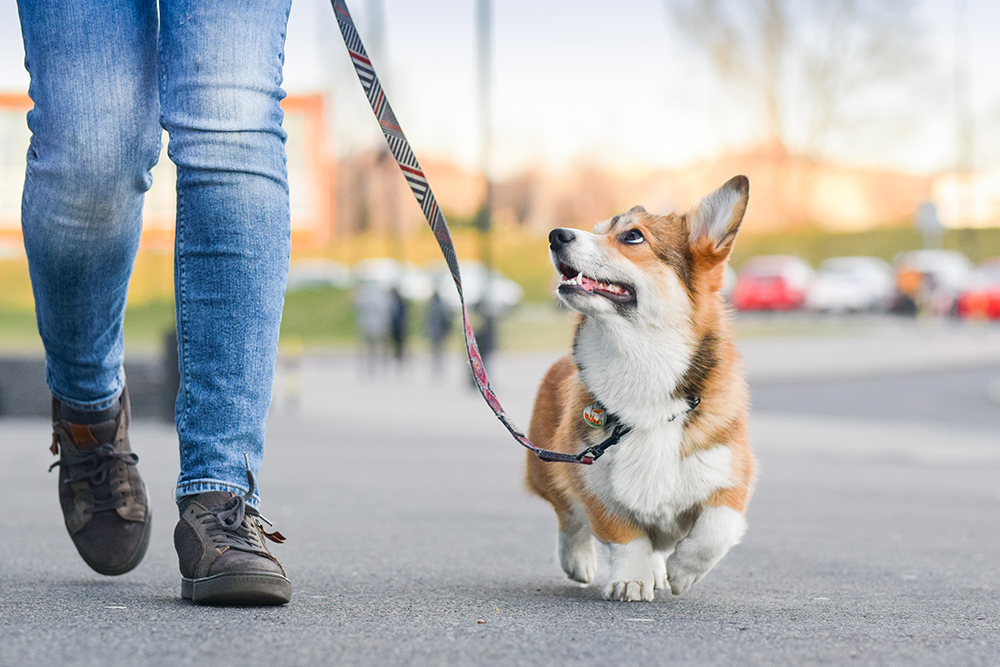
A quick way to get your dog calm and focused is to exercise them before your photo session. Do a fun activity with your dog beforehand so that they can expend any pent-up energy and enter the session feeling content.
You can also get some immediate happy shots of your dog because dogs that are panting after exercise often look like they’re smiling. Just make sure not to over-exercise your dog because they’ll be too tired to be engaged and less willing to participate.
2. Train Your Dog to Look at the Camera
Dogs can learn to look at your camera on command. Start by having your dog sit. Then, place a treat in front of your camera lens. The moment your dog looks at the treat, reward your dog with praise and give them the treat.
Once your dog understands and looks at the treat consistently, add a command, such as “camera” or “look here.” After your dog gets used to this, take the treat away and only use the command. Reward them with a treat every time they respond correctly to the command.
3. Use High-Value Treats
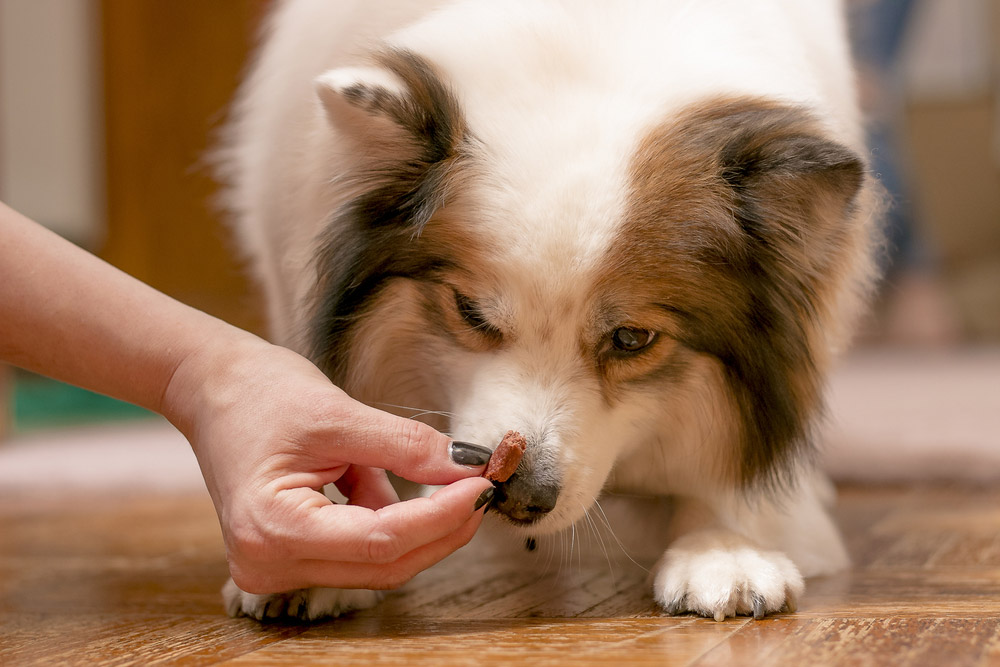
Treats will become your best friend for photoshoots if you have a food-motivated dog. Taking photos will feel unnatural to dogs, and many are quick to become unwilling participants. Having special treats reserved just for photo taking can keep your dog interested and motivated for longer. With time and consistency, your dog may even learn to look forward to taking photos because they’ll know that they’ll get some special treats if they participate.
4. Introduce Your Dog to the Photography Set
If you’re planning to use a photography set or backdrop, make sure to schedule time for your dog to get used to the new environment. Give your dog time to explore, sniff around, and get comfortable on the set.
Use this introductory time to identify and remove any items that may be too distracting for your dog. This is also a great time to make necessary rearrangements to your set. Sometimes, a set can contain too many items that will drown out your dog and draw them away from being the focal point.
5. Use Fast Shutter Speeds and Burst Mode
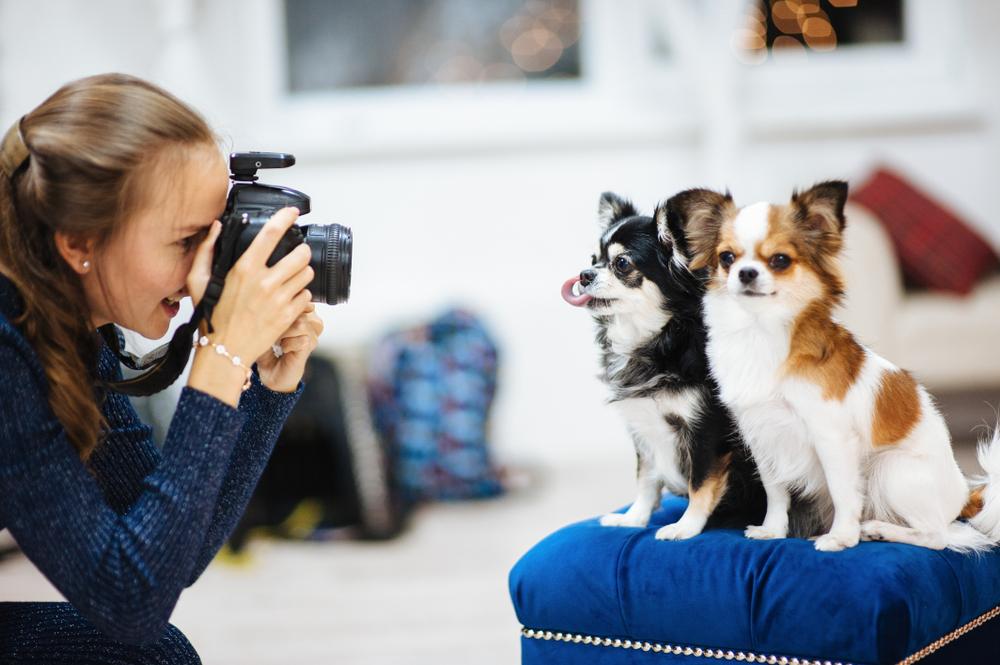
Faster shutter speeds may take some movement out of a photo, but they can be used to take clear images of your dog. Dogs can be unpredictable and move around a lot, and changing the shutter speed on your camera can reduce the likelihood of taking blurry photos.
It’s also helpful to use the burst mode on your camera, which enables you to take multiple photos with one click. Be prepared to take numerous photos of your dog, as it’s common to find 1 good photo for every 20 photos you take.
6. Pick a Focal Point
Be prepared to get down to your dog’s level and take photos from their perspective. Get creative and take photos of specific features of your dog rather than trying to get a full-body portrait. Many stunning dog photos are close-ups of their eyes or adorable paws.
If you’re a beginner, familiarize yourself with using the rule of thirds. While it may seem counterintuitive at first, placing your subject a little off-center often helps to draw the viewer’s eyes to them and creates an overall more balanced photo.
7. Schedule Multiple Breaks
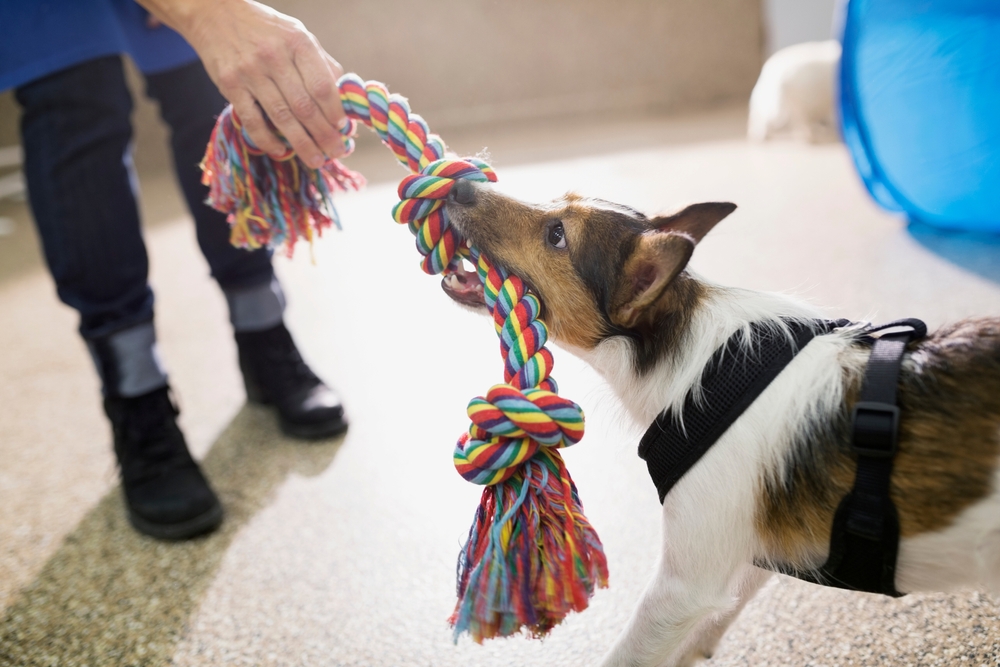
It’s unrealistic to expect dogs to sit through a long photoshoot and be on their best behavior. So, make sure to schedule multiple breaks throughout, and use those breaks to play with your dog or take them outside to go potty. It’s common to take photos for 5 to 10 minutes before taking a short break.
Scheduling breaks will prevent boredom and frustration from your dog. They can end up helping you save more time by producing high-quality photos where your dog looks happy and content rather than bored and disengaged.
8. Enlist the Help of a Friend
It’s often helpful to have an assistant to help you take photos of your dog. Splitting up the tasks can help immensely with taking photos more quickly and keeping the photoshoot fun and stress-free. One person can focus solely on taking photos, while the other can help direct and position your dog. An assistant can also help keep your dog focused by holding treats or using squeaker toys, and they can make quick rearrangements to your photoshoot set.
9. Use Natural Lighting
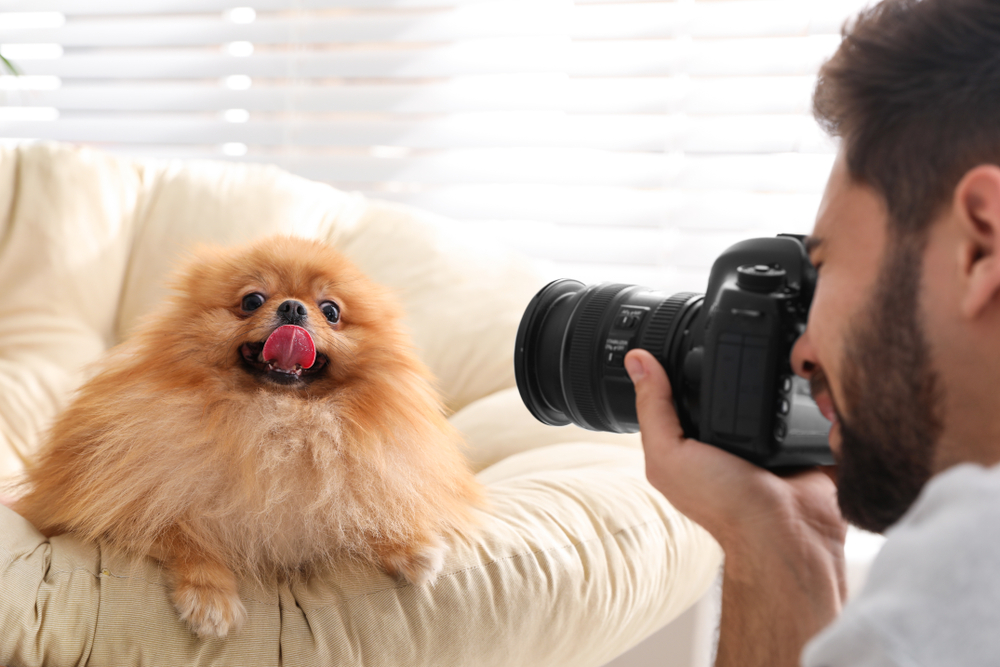
Natural lighting adds warmth to photos. Bright photography lights can make dogs feel uncomfortable, so it’s often easier to take photos in a bright room with a window.
Of course, using natural lighting requires more advanced planning. Make sure to schedule your photoshoot in the morning or early afternoon. You can even take advantage of golden hours, which are typically the hour before sunset or the hour after sunrise. These times usually create beautiful natural lighting, and you can end up taking stunning photos without much effort.
10. Keep It Fun
Dogs are very easy to read, and they’ll make it quite clear when they’re not having fun or enjoying the moment. If your dog isn’t engaged in your photoshoot, it’ll show up in your photos.
You can make your photoshoot fun by letting your dog do things that they enjoy. Take action shots if your dog’s energetic or add toys to your set if you have a playful dog. Make sure to also be mindful of your tone. Keep it bright and encouraging, as your dog is very likely to become unhappy or frustrated if you speak to them in a frustrated or annoyed tone.

Conclusion
Getting high-quality photos of your dog often requires making creative adjustments. Make sure to exercise your dog beforehand and take photos of them when they’re calm and settled or in a good mood. It’s also important to make photoshoots as fun and enjoyable as possible for dogs and to remember to take a ton of photos. Bringing a creative and flexible approach to pet photography will make all the difference in producing beautiful and unique photos of your dog.
Featured Image Credit: Krakenimages.com, Shutterstock
Contents
- The 10 Tips on How To Take Pictures Of Dog
- 1. Exercise Your Dog Beforehand
- 2. Train Your Dog to Look at the Camera
- 3. Use High-Value Treats
- 4. Introduce Your Dog to the Photography Set
- 5. Use Fast Shutter Speeds and Burst Mode
- 6. Pick a Focal Point
- 7. Schedule Multiple Breaks
- 8. Enlist the Help of a Friend
- 9. Use Natural Lighting
- 10. Keep It Fun
- Conclusion

